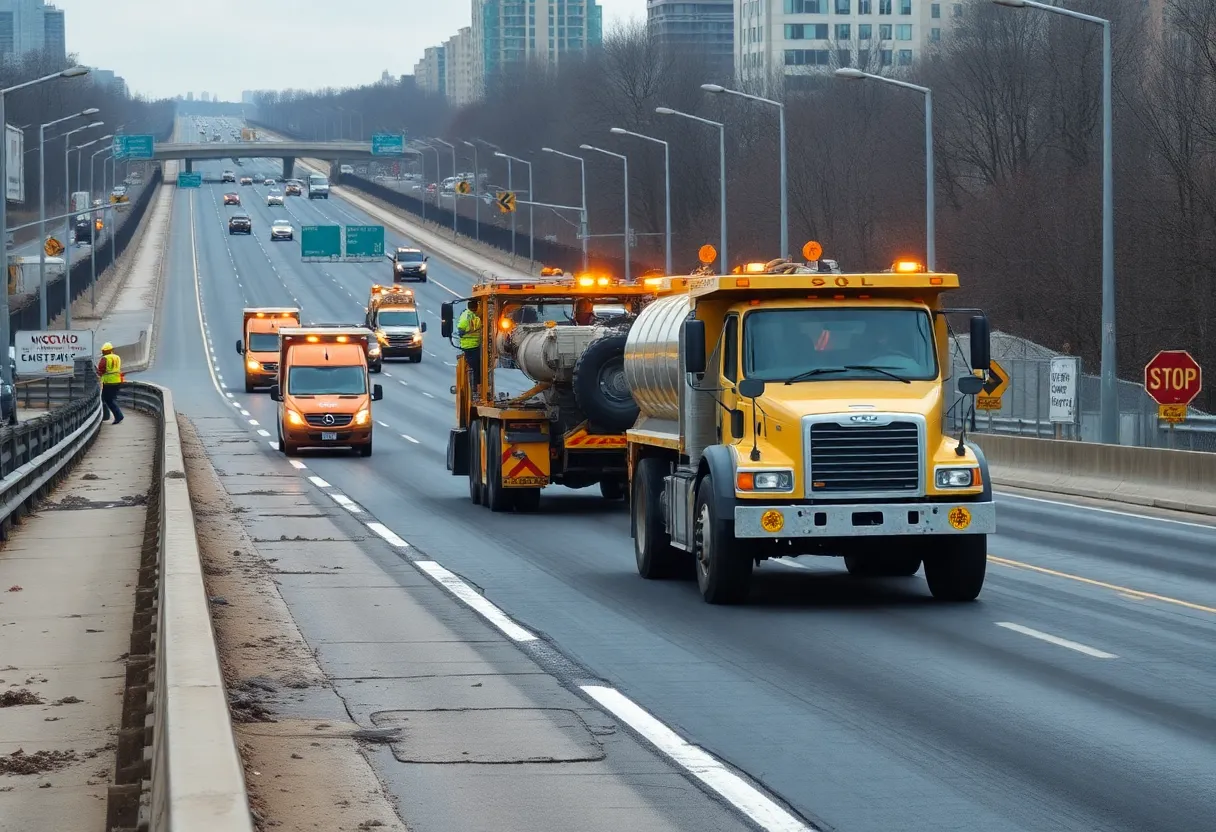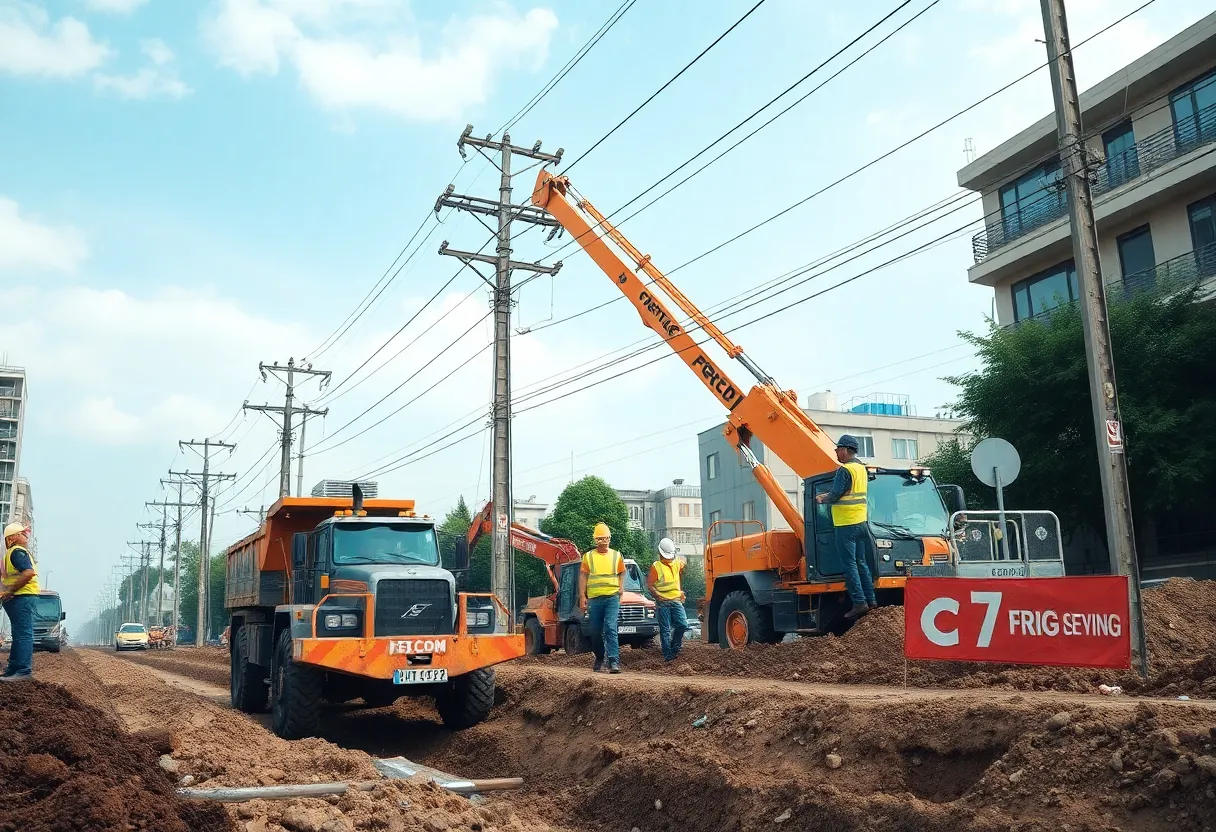Washington, D.C., October 6, 2025
News Summary
A new federal law restores a partial claim option for VA-guaranteed home loans, allowing the VA to cover up to 25% (30% for certain COVID-era missed payments) of unpaid principal to prevent foreclosures. The move aims to help delinquent veterans, but servicers face urgent operational work: system changes, policy updates, staff training and clarification on documentation and compensation. Industry groups urge rapid, streamlined guidance to speed rollout. Lenders are also repositioning toward VA and renovation lending as part of broader product diversification and technology-driven borrower support.
VA Home Loan Program Reform Act enacted; partial-claim option restored as lenders pivot to VA and renovation loans
Lawmakers approved and the President signed a bill that brings back a partial claim option for VA-guaranteed home loans, creating a new loss-mitigation tool aimed at helping veterans and active-duty borrowers who are behind on payments or facing imminent default. The move was met with broad industry support, but servicers, vendors and housing advocates say how quickly the benefit reaches borrowers will depend on fast, flexible rollout and rapid technical work at loan servicers.
Top line: what the law does
The new statute authorizes the VA to buy a portion of a delinquent loan’s unpaid balance and place a non-interest-bearing, subordinate secured interest on the home. The deferred amount can be up to 25% of the unpaid principal balance at the time of the partial claim. For borrowers who missed payments during the March 1, 2020 through May 1, 2025 window, the program allows up to 30% in deferred balance. Generally, only one partial claim is allowed per loan, with an extra allowance in cases tied to a presidentially declared major disaster. The partial claim does not reduce the VA’s loan guarantee.
Why this matters now
The partial-claim tool aligns the VA’s loss-mitigation options more closely with other federal programs and is intended to prevent foreclosures by giving borrowers time to recover financially while keeping them in their homes. The program replaces a prior partial-claim approach that had ended and follows the winding down of a VA servicing purchase program that previously bought loans from servicers.
Industry data and servicer reports indicate tens of thousands of VA borrowers remain delinquent, with a steep rise in foreclosure starts in the past year. That backdrop makes the timing and design of a partial-claim program urgent for many veterans and service members who face long-term housing instability.
Implementation hurdles and timing
Regulators are beginning implementation work, but servicers and technology vendors say practical rollout will take time. Loan servicing systems, policy manuals, and call-center training must be updated. One vendor said its platform would need roughly two months to adapt, while others noted that operational changes and staff retraining typically take several months. Industry stakeholders are urging the VA to release clear guidance and streamlined procedures so servicers can begin helping borrowers quickly without waiting for lengthy formal rulemaking.
Industry response and recommendations
Mortgage trade groups and broker associations characterized the legislation as an important step to help veterans at risk of foreclosure. Housing policy researchers recommended a rollout via informal guidance where possible, simplified documentation, no preapprovals, servicer compensation for administrative work, and a clear definition of what constitutes a one-time use of the benefit.
Context: why lenders are watching this closely
The mortgage industry looks very different than it did five to 10 years ago. The earlier post-2008 period relied heavily on a narrow set of “workhorse” loans—particularly FHA and VA products—but lenders today offer wider portfolios and act more like financial advisors. Two loan types drawing new attention are VA mortgages and renovation loans. Both respond to specific borrower needs: VA loans serve a large military-affiliated market and offer benefits such as no down payment for eligible borrowers, more lenient credit considerations, competitive rates and no private mortgage insurance in many cases. Renovation loans let buyers or homeowners finance repairs and upgrades inside the mortgage, which is increasingly useful given tight housing inventory and high construction costs.
Lenders that combine digital tools, data analytics and personalized advice aim to differentiate themselves with flexible products and a smoother customer experience. While refinance activity has been muted by the recent high-rate environment, lenders are preparing for a potential refinance surge if rates fall, and are building products and technology to respond.
Operational and policy uncertainties
Several operational questions remain. There is no centralized public database to confirm whether a borrower previously received a partial claim from another servicer, complicating eligibility checks. Agencies and servicers are also evaluating how the partial claim fits with other relief options, such as long-term amortization changes. Some servicers representing large VA portfolios say they will move quickly to implement the program, while urging the VA to minimize unnecessary complexity and allow for local variations among regional loan centers.
Bottom line
Restoring the partial claim gives the VA another tool to keep veterans and service members in their homes. The success of the program will depend less on the law itself and more on how smoothly the VA, servicers and vendors translate statutory language into workable operations, clear guidance, and fast system updates. Lenders are already shifting toward specialized channels like VA and renovation lending, and the partial claim could play a role in lowering foreclosures for eligible borrowers if implemented efficiently.
FAQ
What is a VA partial claim?
A partial claim lets the VA buy a portion of a delinquent loan’s unpaid balance and record a non-interest-bearing, subordinate lien so the borrower can catch up while keeping the first lien intact.
How much can the VA defer under the new law?
Up to 25% of the unpaid principal balance at the time of the partial claim, and up to 30% for borrowers who missed payments during March 1, 2020 through May 1, 2025.
How many partial claims are allowed per loan?
Generally one partial claim is allowed per loan. An additional partial claim may be permitted if the borrower missed payments during a presidentially declared major disaster.
Will the partial claim reduce the VA guarantee?
No. The partial claim does not reduce the amount of the VA loan guarantee.
When will the program start helping borrowers?
The VA is working on implementation. Servicers and vendors say system and policy updates will take weeks to months, so timing will depend on how quickly guidance and technical instructions are issued and adopted.
{
“@context”: “https://schema.org”,
“@type”: “FAQPage”,
“mainEntity”: [
{
“@type”: “Question”,
“name”: “What is a VA partial claim?”,
“acceptedAnswer”: {
“@type”: “Answer”,
“text”: “A partial claim lets the VA buy a portion of a delinquent loan’s unpaid balance and record a non-interest-bearing, subordinate lien so the borrower can catch up while keeping the first lien intact.”
}
},
{
“@type”: “Question”,
“name”: “How much can the VA defer under the new law?”,
“acceptedAnswer”: {
“@type”: “Answer”,
“text”: “Up to 25% of the unpaid principal balance at the time of the partial claim, and up to 30% for borrowers who missed payments during March 1, 2020 through May 1, 2025.”
}
},
{
“@type”: “Question”,
“name”: “How many partial claims are allowed per loan?”,
“acceptedAnswer”: {
“@type”: “Answer”,
“text”: “Generally one partial claim is allowed per loan. An additional partial claim may be permitted if the borrower missed payments during a presidentially declared major disaster.”
}
},
{
“@type”: “Question”,
“name”: “Will the partial claim reduce the VA guarantee?”,
“acceptedAnswer”: {
“@type”: “Answer”,
“text”: “No. The partial claim does not reduce the amount of the VA loan guarantee.”
}
},
{
“@type”: “Question”,
“name”: “When will the program start helping borrowers?”,
“acceptedAnswer”: {
“@type”: “Answer”,
“text”: “The VA is working on implementation. Servicers and vendors say system and policy updates will take weeks to months, so timing will depend on how quickly guidance and technical instructions are issued and adopted.”
}
}
]
}
Key features at a glance
| Feature | What it means |
|---|---|
| Partial claim cap | Up to 25% of unpaid principal; 30% for missed payments during March 1, 2020–May 1, 2025. |
| Interest on deferred amount | Non-interest-bearing subordinate secured interest on the home. |
| Usage limit | One partial claim per loan, with disaster-related exception. |
| Effect on guarantee | Does not reduce the VA loan guarantee. |
| Implementation needs | Servicer system updates, staff training, guidance to limit paperwork and delays. |
| Market impact | Could reduce foreclosures for eligible VA borrowers and fits a broader lender shift to personalized VA and renovation lending channels. |
Deeper Dive: News & Info About This Topic
Additional Resources
- Consumer Finance Monitor: Congress Passes Legislation to Help Protect Veterans from Foreclosure
- Wikipedia: VA home loan program
- HousingWire: VA mortgage partial claim program uncertainty
- Google Search: VA partial claim program implementation
- CBS News: Government shutdown could affect mortgage loans and flood insurance
- Google Scholar: VA partial claim
- Bankrate: Best VA mortgage lenders
- Encyclopedia Britannica: VA home loan
- Forbes Advisor: Best VA mortgage lenders
- Google News: VA home loan partial claim
Author: Construction NY News
The NEW YORK STAFF WRITER represents the experienced team at constructionnynews.com, your go-to source for actionable local news and information in New York and beyond. Specializing in "news you can use," we cover essential topics like product reviews for personal and business needs, local business directories, politics, real estate trends, neighborhood insights, and state news affecting the area—with deep expertise drawn from years of dedicated reporting and strong community input, including local press releases and business updates. We deliver top reporting on high-value events such as the New York Build Expo, infrastructure breakthroughs, and cutting-edge construction technology showcases. Our coverage extends to key organizations like the Associated General Contractors of New York State and the Building Trades Employers' Association, plus leading businesses in construction and real estate that power the local economy such as Turner Construction Company and CMiC Global. As part of the broader network, including constructioncanews.com, constructiontxnews.com, and constructionflnews.com, we provide comprehensive, credible insights into the dynamic construction landscape across multiple states.





